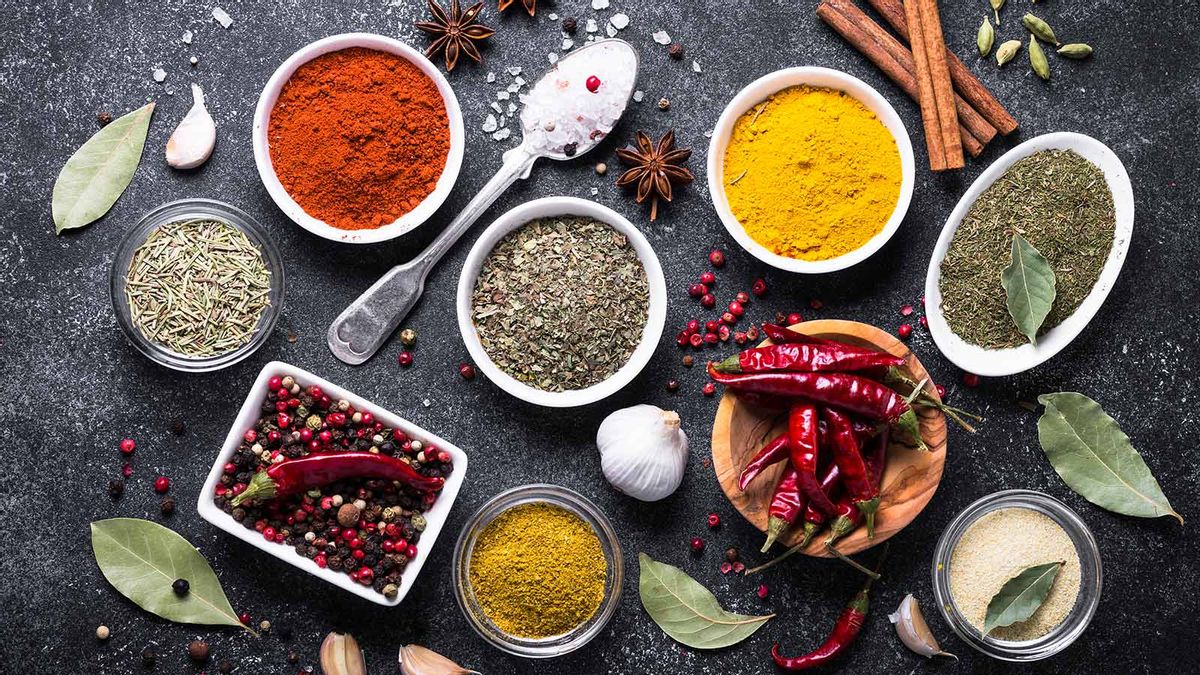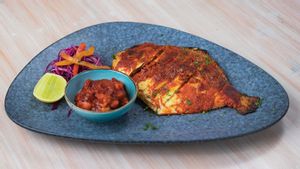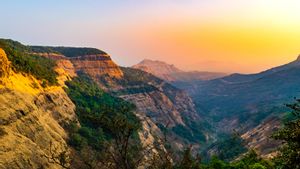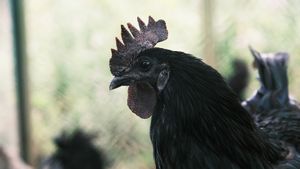It starts with dried chillies. And ends in beer bottles.
When Lucy Quinny was 12-years-old, the enduring memory of her childhood summers in Vakola was of the masalawaalis. These Maharashtrian ladies, clad in sarees, would visit East Indian homes in the vicinity carrying with them a wooden vat and long sturdy sticks. “They would spend the day at the house, rhythmically pounding the collected dried spices till they became powder,” says Quinny.
This was no ordinary powder. It was Bottle Masala, the all-spice blend that is an enduring feature of the East Indian culinary tradition.
The East Indian community is the city’s native Catholic community. When the British captured Bombay, they called themselves East Indian to distinguish themselves from other Catholic communities that moved to the city. Their culture and cuisine, thus, are a reflection of Maharashtrian, British and Portuguese influences (there are a few similarities with Goan cuisine, too). Bottle Masala, though, is uniquely East Indian.
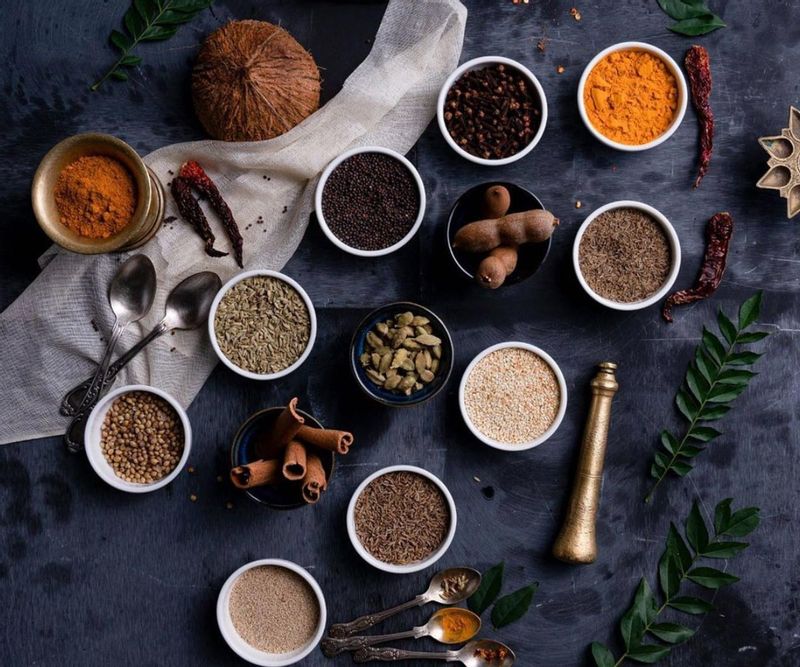
At the annual East Indian fairs in Bandra and Vakola, this bottle masala occupied a place of pride in the stalls. Though the bottle was replaced by the ubiquitous plastic packets, the women swore it was the real deal, talking about how much time went into its making and how many spices and how every recipe was a secret. The recipe may be a secret but there’s much that’s not-so-secret about the bottle masala. It’s a spice blend consisting of up to 30 spices including pepper, cardamom, turmeric, fenugreek seeds, dry ginger, white sesame seeds, poppy seeds, mustard, bay leaves, allspice, nutmeg, mace, cumin, black caraway, mugwort, nag kesar (Cobra saffron), lichen (dagad phool), and of course, red chillies (Kashmiri chillies or resham patti). These are sun-dried, roasted, pounded into powder, and stored in recycled whiskey or beer bottles, which give the spice mixture its name.
Interestingly, sometimes there’s a small amount of wheat or dal (also roasted), or dry coconut added in, which later acts as a thickener when mixed in curries. Though old-timers maintain the original recipe has spices only. “It was once a matter of prestige,” says Carmen Miranda Nayar, home chef. “You would hear talk like ‘the Almeida’s make good Bottle Masala’. There was a certain ethic and pride involved in making this mixture,” she adds.
Each household had its own recipe and a differing number of spices used in the mix. Preparation began in summer with buying of chillies, a task that took many women to South Bombay. “Since my mother’s time, we would go to town and pick up chillies. Other spices we would get at the door,” adds Quinny. The chillies would be cleaned of their stalks and kept to dry in the hot sun, till crisp enough to cause their skin to break. The other spices were sun-dried too, on old cloth or nine-yard sarees, and then individually roasted over a wood fire, filling the air with a pungent aroma that would sneak up on people’s nostrils and make their eyes water.
A new tradition

Then came the masalawaalis.
Nayar’s paternal grandparents lived in Dadar. Her grandmother would invite these women over every year. “They would only visit certain houses and they knew when each house was making masala. Women from other homes would gather to help, but mostly to gossip. It was a community affair.”
The pounded masala was stored in beer bottles — the tinted colour-blocked sunlight from entering and the narrow neck made it easier to hold and pour. “There too, the community chipped in — people would drink and save those bottles. The bottle’s narrow neck ensured much air didn’t enter it. The mixture was packed so tightly, there would be no space for air to get in and it kept the masala fresh. That stuffing was a skill, imagine stuffing in a kilo of masala into one bottle,” she says, adding that her mother would use knitting needles to pull out the masala from this bottle.
In Vasai, Regina D’souza Pereira carries on the tradition started by her mother-in-law — once, the go-to lady in Vasai for this masala. “People would place orders with her and she would send these bottles with the young women who worked in (South) Bombay to distribute,” she says. D’souza Pereira has been making the masala for over a decade. Her garden has a hollowed-out space, cemented to create a mortar-like structure, which is where the spices get pounded. She employs tribal ladies from nearby villages (the daughter and daughters-in-law of the masalawaalis her mother-in-law employed) to help with the pounding. Once pounded, the mixture is kept open for a few hours to bring down the temperature. It is then scooped out using a coconut shell spoon (never metal) and packed in bharnis or bottles.
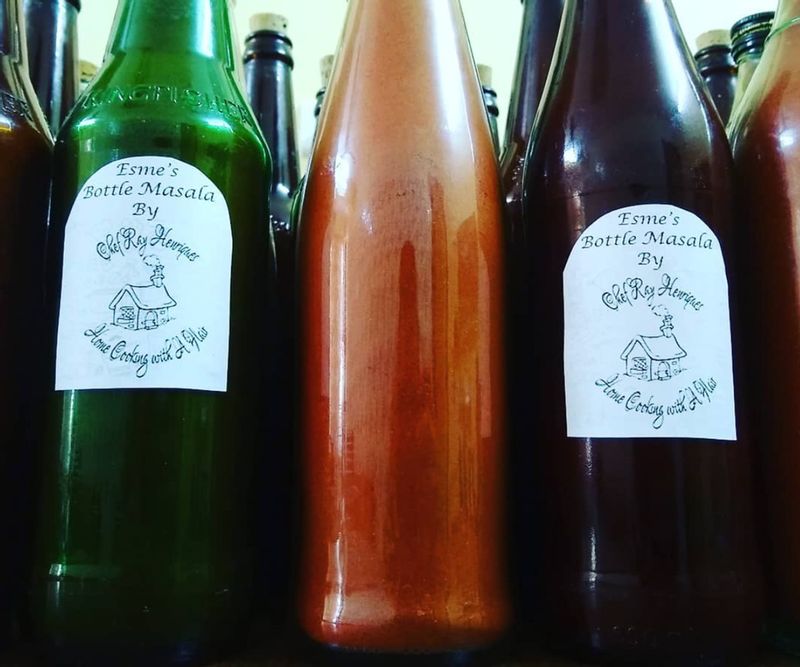
At times when the masalawaalis couldn’t come over, Quinny remembers her mother taking her along to meet them at their homes in Vakola or other suburbs. Over time, she adds, that practice petered out and people started visiting mills to grind their spices. Today, it’s all done in a mixer. Quinny makes her bottle masala once a year, using 26 spices, and her mother’s recipe. She used to sell the masala earlier but the process is too tiring for her to continue – “it takes me two days just to clean the chillies”, she says.
There are many East Indians like Quinny who still make bottle masala, for their own homes or to sell. D’souza Pereira makes about 22 kilos of masala to sell, double-sealed in packets.
Bottle Masala finds its way into daily and special dishes for the East Indians, from the sarapatel (pork curry) to lonvas (coconut curry usually made with mutton). It works well with vegetables, meats like mutton and chicken, fish and shellfish, and more. It’s a spice blend that doesn’t burn but lends a beautiful, memorable flavour. And it’s an example of East Indian sensibility, a harmonious blend of different traditions and cultures working together to create something beautiful.


